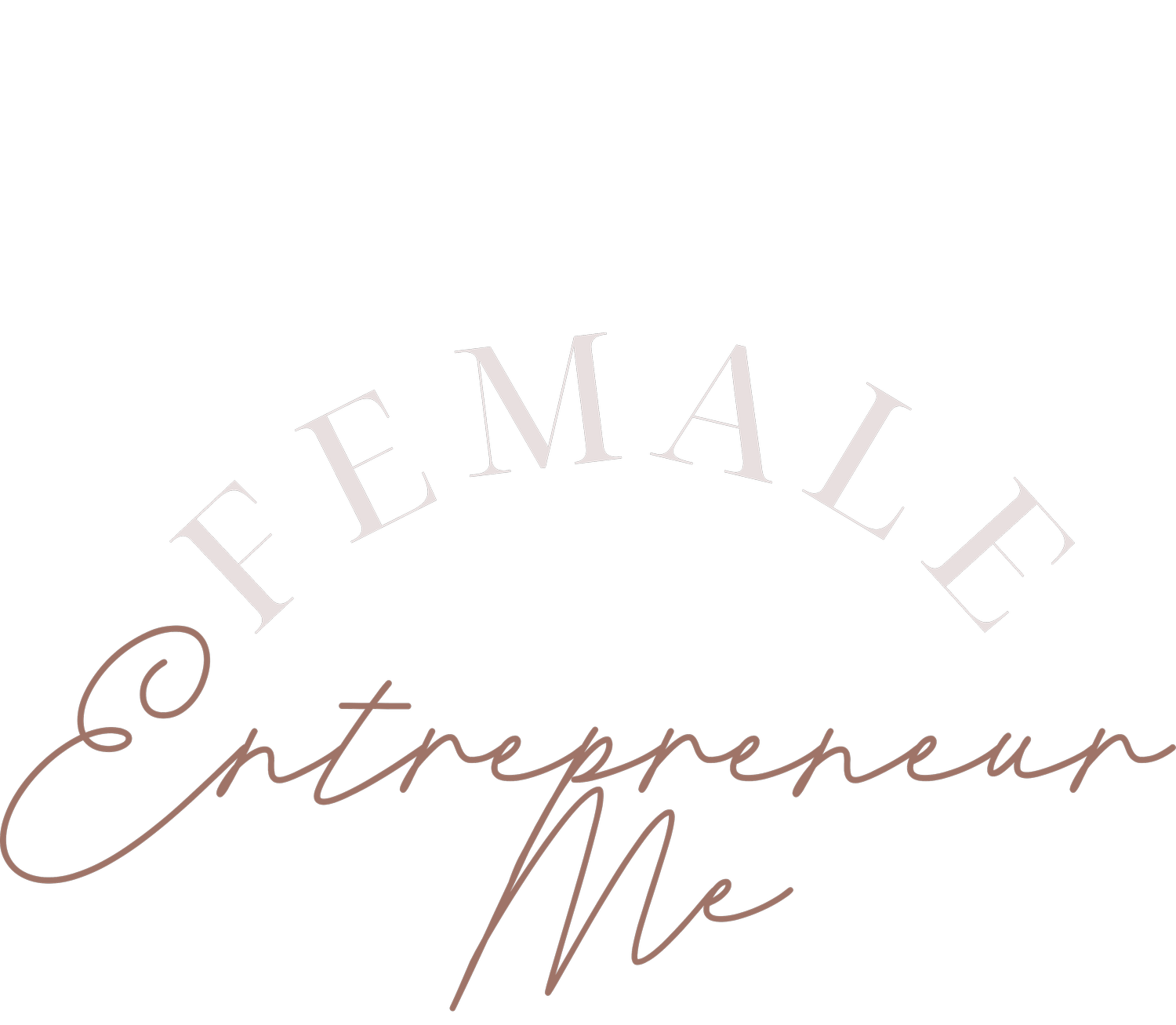Ace Job Interviews with 6 Proven Process Communication Model : Your Path to Success
Getting your dream job today requires more than just an impressive resume. It's essential to excel in the art of communication, as your ability to connect, convey ideas, and build rapport can be the determining factor in landing that coveted position. Enter the world of communication profiles – a dynamic framework that can revolutionize your interview success and workplace interactions.
Unveiling the Process Communication Model: 6 Communication Profiles
Imagine having a comprehensive toolkit of communication strategies that adapt to various personalities and situations. The Process Communication Model (PCM) does just that. It categorizes individuals into six distinct communication profiles, each characterized by its unique style, motivations, and preferences. By understanding these profiles, you gain a powerful advantage in navigating interviews and excelling in professional environments.
First of all, let us recap the 6 styles or you can read the 6 communication styles here.
1. The Thinker: Fact Driven
Thinkers thrive on data, logic, and analytical thinking. When engaging with a Thinker, focus on providing well-structured, factual information. In interviews, back up your responses with concrete examples and statistics to resonate with their preference for accuracy.
2. The Persister: Value Driven
Persisters are motivated by principles, ethics, and the bigger picture. Connect with them by aligning your values and emphasizing the meaningful impact of your potential contributions to the company. In interviews, showcase your dedication to ethical conduct and shared values.
3. The Harmonizer: Empathy Driven
Harmonizers excel at understanding emotions and fostering positive connections. During interviews, emphasize your ability to collaborate, empathize, and contribute to a harmonious team environment. Highlight your interpersonal skills and emotional intelligence.
4. The Promoter: Action Driven
Promoters are all about action, excitement, and energy. Capture their attention by showcasing your enthusiasm, adaptability, and ability to drive projects forward. In interviews, highlight instances where you've taken the lead, initiated change, or propelled initiatives to success.
5. The Rebel: Creative Driven
Rebels thrive on creativity, spontaneity, and fun. To connect with Rebels, infuse your conversations with creativity and highlight your ability to think outside the box. In interviews, share stories of innovative problem-solving and your willingness to embrace unconventional solutions.
6. The Imaginer: Visual Driven
Imaginers are drawn to imagination, aesthetics, and visual representations. Use visuals to support your points during interviews, and describe your ideas in vivid detail. Illustrate how your vision aligns with the company's goals and how your contributions can bring their aspirations to life.
Harnessing the Strengths of Each Profile
The power of understanding these communication profiles lies in your ability to tailor your interactions to each individual's preferences. In interviews, adapt your responses and communication style to resonate with the interviewer's profile. By doing so, you effortlessly build rapport and establish a connection that leaves a lasting impression.
Standing Out from the Competition
In a job interview, it's not just about what you say but how you say it. Mastering these communication techniques and adapting them to the distinct profiles of your interviewers sets you apart from the competition. Your ability to effortlessly navigate conversations and create meaningful connections underscores your potential as a valuable team member.
Conclusion
Elevating your interview game and securing your dream job requires more than rehearsed answers and a polished appearance. It's about understanding the diverse communication profiles that shape human interactions. By familiarizing yourself with the Thinker, Persister, Harmonizer, Promoter, Rebel, and Imaginer profiles, you can tailor your communication style to forge genuine connections. Whether you're discussing achievements or conveying your passion for the role, these techniques will help you stand out and leave a memorable impact on every interview panel.
So, the next time you step into an interview room, remember that it's not just about what you say, but how you communicate it. By mastering these essential communication techniques, you empower yourself to navigate the interview landscape with confidence and finesse, ultimately positioning yourself as the ideal candidate for your dream job.
